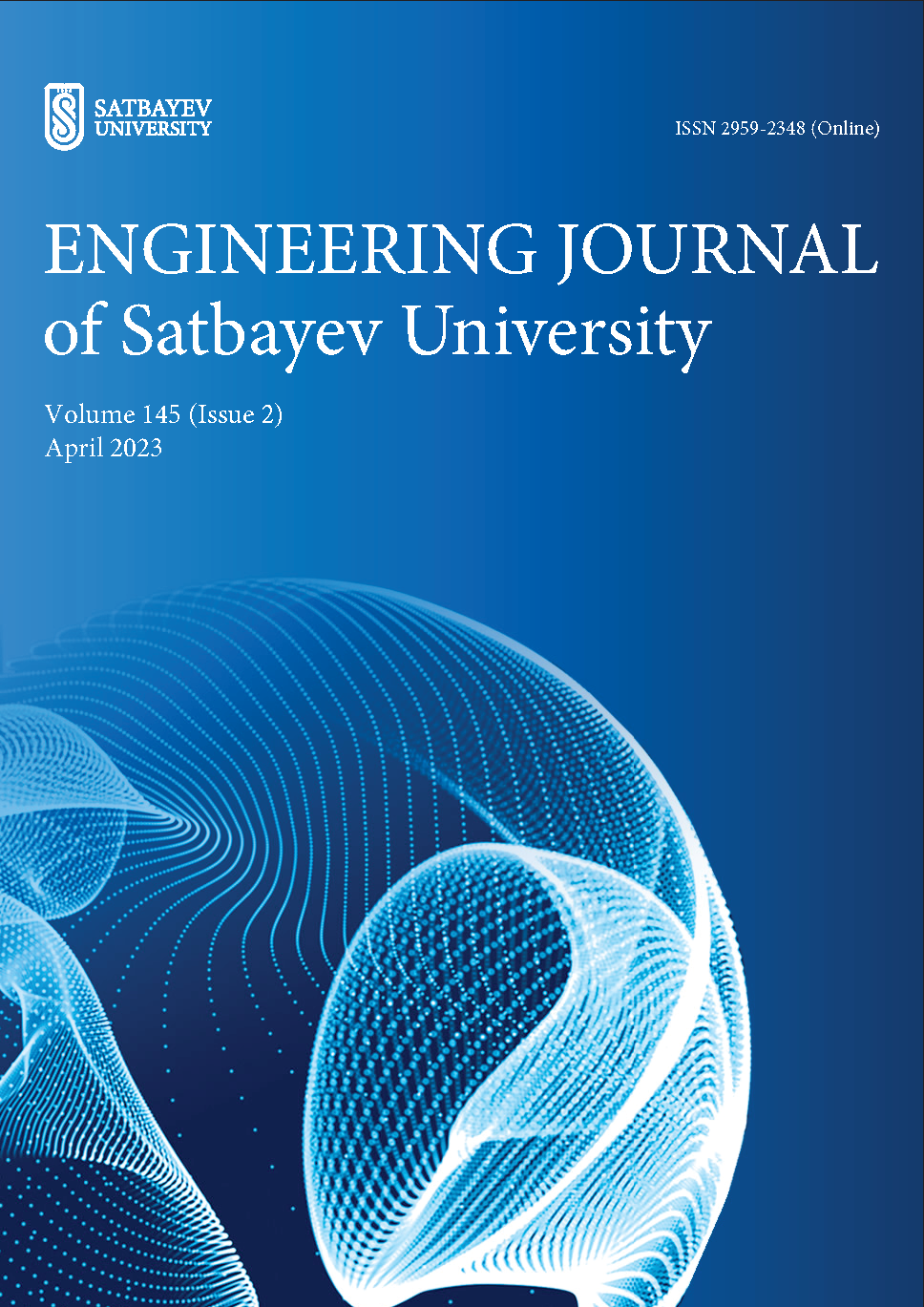On the use of the finite element method in the study of the stress-strain state of the contour of the Annie Cave on Mount Arsia
DOI:
https://doi.org/10.51301/ejsu.2023.i2.05Keywords:
Mars, rover, cave, soil, threshold element method, deformed state under stressAbstract
People who have visited the surface of Mars for the first time cannot survive in conditions of such dangers as radiation, micrometeorites and dust storms. But we offer the caves found on this Mars as a way to use them as a natural refuge from these environmental hazards. The gravitational field on the surface of Mars is about three times weaker than on Earth, and the magnetic field is too weak. Therefore, creatures that have left Earth, including humans, can live on the surface of Mars for only 30-40 seconds. Even the most powerful spacesuit can save a person's life for just a few hours. Martian caves weaken solar radiation almost three times and do not let it inside. Therefore, the study of Martian caves, conducting scientifically based research to make them the first habitat, is an urgent problem today. Therefore, it is advantageous to use the mountain caves of Mars as an underground habitat. Since atmospheric protection is minimal at high altitudes, scientific studies of the strength and stability of the inner edges to Martian gravity are carried out to turn these caves into living quarters, such as mines, tunnels. Under the influence of various forces (gravitational, temperature, low-current, tectonic, etc.) of such structures on Mars, a mechanical and mathematical model is being developed to study the strength of cave dwellings, habitats.
Downloads
Published
How to Cite
Issue
Section
License
Copyright (c) 2023 Engineering Journal of Satbayev University

This work is licensed under a Creative Commons Attribution-NonCommercial-NoDerivatives 4.0 International License.
<div class="pkpfooter-son">
<a rel="license" href="http://creativecommons.org/licenses/by-nc/4.0/"><img alt="Creative Commons License" style="border-width:0" src="https://i.creativecommons.org/l/by-nc/4.0/80x15.png"></a><br>This work is licensed under a <a rel="license" href="http://creativecommons.org/licenses/by-nc/4.0/">Creative Commons Attribution-NonCommercial 4.0 International License</a>.
</div>





